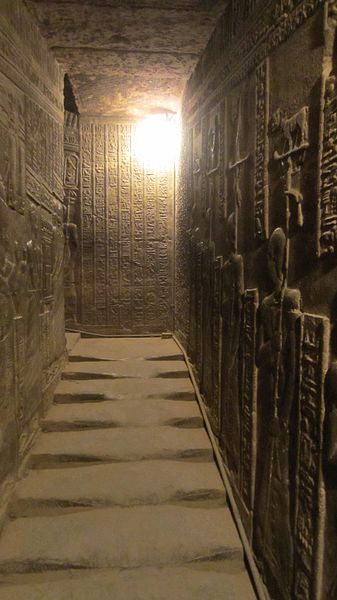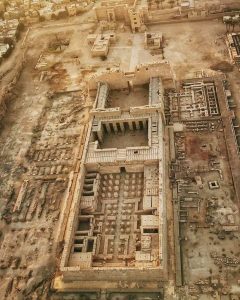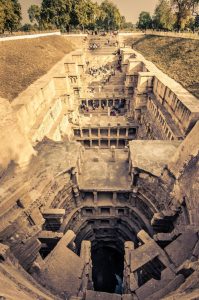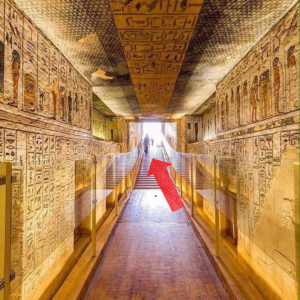
Nestled along the banks of the Nile River in Egypt lies the ancient Temple of Hathor in Dendera, a site steeped in history and shrouded in mystery. Known for its striking reliefs and unique architectural features, this temple has captured the imagination of scholars and visitors alike for centuries. One of the most intriguing aspects of the temple is its ‘melted’ stairs, which appear to defy conventional explanation. As we embark on a journey to uncover the secrets of this ancient sanctuary, we delve into its rich history and unravel the enigmatic reliefs that adorn its walls.
Exploring the History and Architecture of the Temple of Hathor

The Temple of Hathor in Dendera has a long and storied history, with evidence of construction dating back to the Middle Kingdom period, around 2030-1650 BC. However, the existing structure that we see today began to take shape during the late Ptolemaic period, under the reign of Ptolemy Auletes, around 54 BC. Dedicated to the goddess Hathor, who was revered as the deity of love, music, and joy, the temple served as a sacred space for worship and ritual ceremonies.
One of the most intriguing features of the Temple of Hathor is its ‘melted’ stairs, which defy conventional explanation. These stairs, located at the entrance of the temple, appear as though they have been softened and warped by intense heat, leading to speculation about their origin. Some theories suggest that the ‘melted’ appearance may be the result of deliberate shaping techniques used by ancient craftsmen, while others propose more fantastical explanations, such as the influence of extraterrestrial forces.
In addition to its mysterious stairs, the Temple of Hathor is adorned with fascinating reliefs that depict scenes from ancient Egyptian mythology and daily life. These reliefs, carved into the walls of the temple, offer valuable insights into the religious beliefs, social customs, and artistic traditions of the ancient Egyptians. From intricate depictions of gods and goddesses to detailed scenes of agricultural practices and royal processions, these reliefs provide a window into the world of ancient Egypt.
Conclusion: Reflecting on the Legacy of the Temple of Hathor
As we reflect on the mysteries of the Temple of Hathor in Dendera, we are reminded of the enduring legacy of ancient Egypt and the timeless allure of its monuments and artifacts. From the enigmatic ‘melted’ stairs to the captivating reliefs that adorn its walls, this temple continues to captivate and inspire visitors from around the world. As we continue to study and explore the secrets of this ancient sanctuary, we gain a deeper appreciation for the ingenuity, craftsmanship, and spiritual significance of the ancient Egyptians.
Unearthing Insights Through Archaeology
The Temple of Hathor in Dendera stands as a testament to the power of archaeology in uncovering the mysteries of the past. Through meticulous excavation and analysis, archaeologists have pieced together the story of this ancient sanctuary, shedding light on its construction, purpose, and cultural significance. By preserving and studying sites like the Temple of Hathor, we gain valuable insights into the beliefs, customs, and achievements of ancient civilizations, enriching our understanding of human history and heritage.








